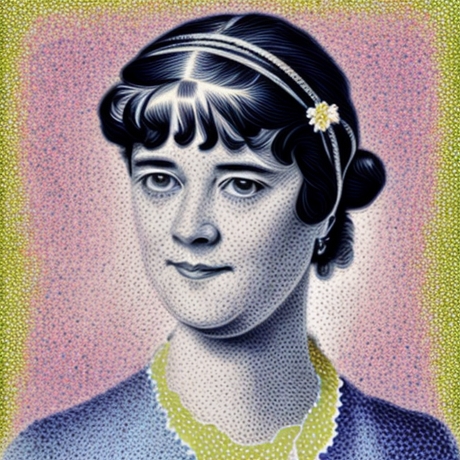Sense and Sensibility


Sense and Sensibility, published in 1811, is one of Jane Austen's most beloved novels. Set in early 19th century England, the novel follows the Dashwood sisters, Elinor and Marianne, as they navigate the challenges of finding love and happiness in a society that values wealth and status above all else.
The novel opens with the death of Mr. Henry Dashwood, leaving his wife and three daughters with a limited income and no means of supporting themselves. The eldest daughter, Elinor, is the sensible and pragmatic one, while her younger sister, Marianne, is emotional and romantic. When their half-brother, John Dashwood, inherits the family estate and offers to provide them with a small income, he reneges on his promise after his wife convinces him that it is not his responsibility to provide for his step-sisters.
The Dashwood sisters are forced to leave their family home and move to a cottage on the estate of a distant relative. Here, they meet a cast of characters, including the charming but insincere Mr. Willoughby, the reserved but honorable Colonel Brandon, and the obnoxious and selfish Mr. John Middleton. As the sisters navigate their new life, they experience love, heartbreak, and betrayal.
One of the novel's strengths is its portrayal of the two sisters, Elinor and Marianne, and their contrasting personalities. Elinor represents the "sense" in the title, as she is rational and restrained in her emotions. Marianne, on the other hand, represents the "sensibility," as she is passionate and expressive. Austen masterfully explores the tension between these two qualities, highlighting the virtues and drawbacks of each.
The novel also offers a commentary on the societal expectations of women during the time period. Women were expected to marry well and secure their financial future, often sacrificing their own desires in the process. Austen critiques this system through her portrayal of characters such as Lucy Steele, who marries for money rather than love, and Fanny Dashwood, who values wealth and status above all else.
Sense and Sensibility is also notable for its exploration of the theme of forgiveness. Throughout the novel, characters make mistakes and suffer the consequences, but they are ultimately forgiven and allowed to move on. Austen emphasizes the importance of forgiveness and redemption, showing that everyone deserves a second chance.
The novel is written in Austen's signature style, with witty dialogue, clever observations, and intricate plotting. Austen's use of free indirect discourse, which allows the reader to see into the characters' thoughts and emotions, is particularly effective in capturing the nuances of the characters' relationships and motivations.
In conclusion, Sense and Sensibility is a timeless classic that continues to resonate with readers today. Austen's exploration of love, societal expectations, and forgiveness, as well as her nuanced portrayal of the Dashwood sisters, make this novel a must-read for anyone interested in literature.